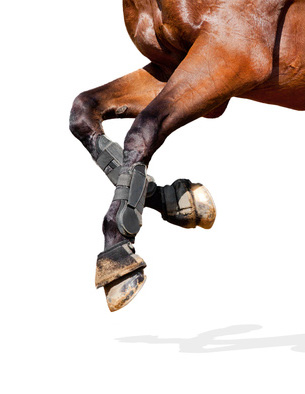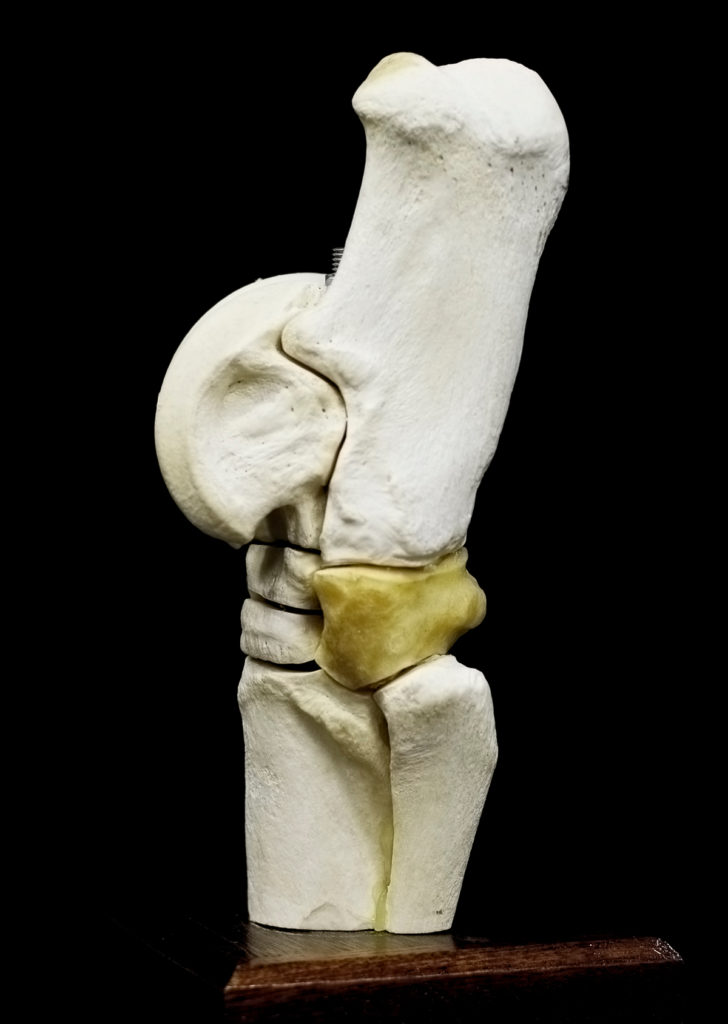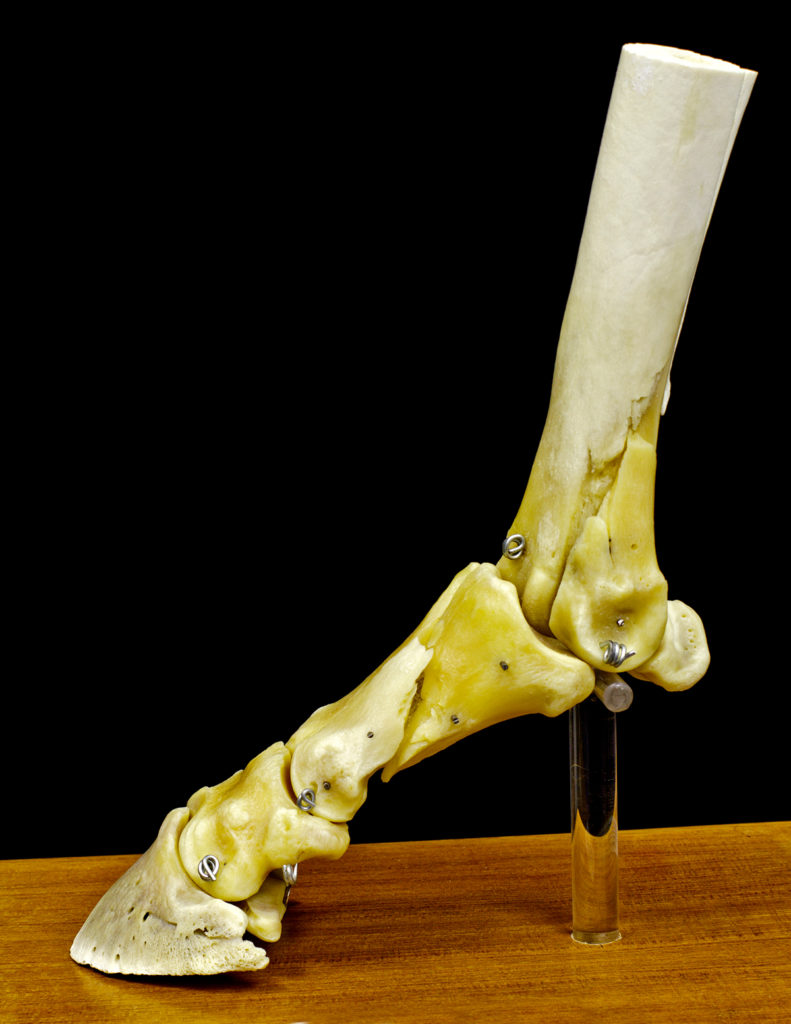Regenerative Medicine
Platelet Rich Plasma (PRP) and stem cells are among the most used regenerative medicine today, and along with I-RAP, can speed recovery and improve the quality of healing.
PRP, derived from your horse’s own blood, is blood plasma enriched with platelets. The result is concentrated growth factors that stimulate healing. PRP has proven effective in bone and soft tissue injuries and is suitable for joint and tendon treatments, as well as wounds. PRP can be used locally and intralesionally.
The use of stem cells in various treatments continues to grow in popularity. Like PRP, stem cells are provided by your own horse. These cells are collected and sent to a lab to be cultured, multiplied and then prepared for injection into local sites, including tendons, joints and injured bones. In many instances, PRP and stem cells treatments are used in conjunction with each other, enhancing healing. Stem cells can also be frozen for future treatments.
Interleukin-1 Receptor Antagonist Protein (IRAP) has surged in popularity in recent years to reduce inflammation and allow healing. IRAP is an excellent approach for horses not responding to conventional anti-inflammatory protocols.
How does IRAP work? Interleukin-1 is the predominate protein that causes inflammation in a horse’s joints. IRAP is created from your horse’s blood. It is a serum rich in the antagonist of interleukin-1 protein, reducing inflammation and allowing your horse to heal naturally. It is a 24-hour process to culture the blood and produce IRAP. IRAP is particularly effective in treating inflamed joints.
Musculoskeletal injuries—tendons, ligaments and joints—are not uncommon in a range of horses, from your daughter’s 4-H buddy to a high performance athlete.
Fortunately state-of-the-art diagnostics and the experienced veterinarians at Reid and Associates Equine Clinic can help identify the cause of your horse’s unsoundness and develop an effective plan to return him to full health. Visit the MRI, ultrasound and imaging pages for more information on each of these diagnostics.



